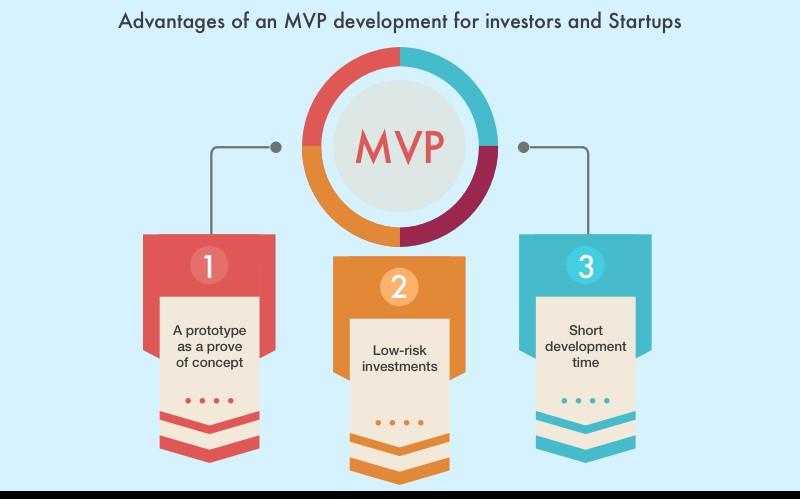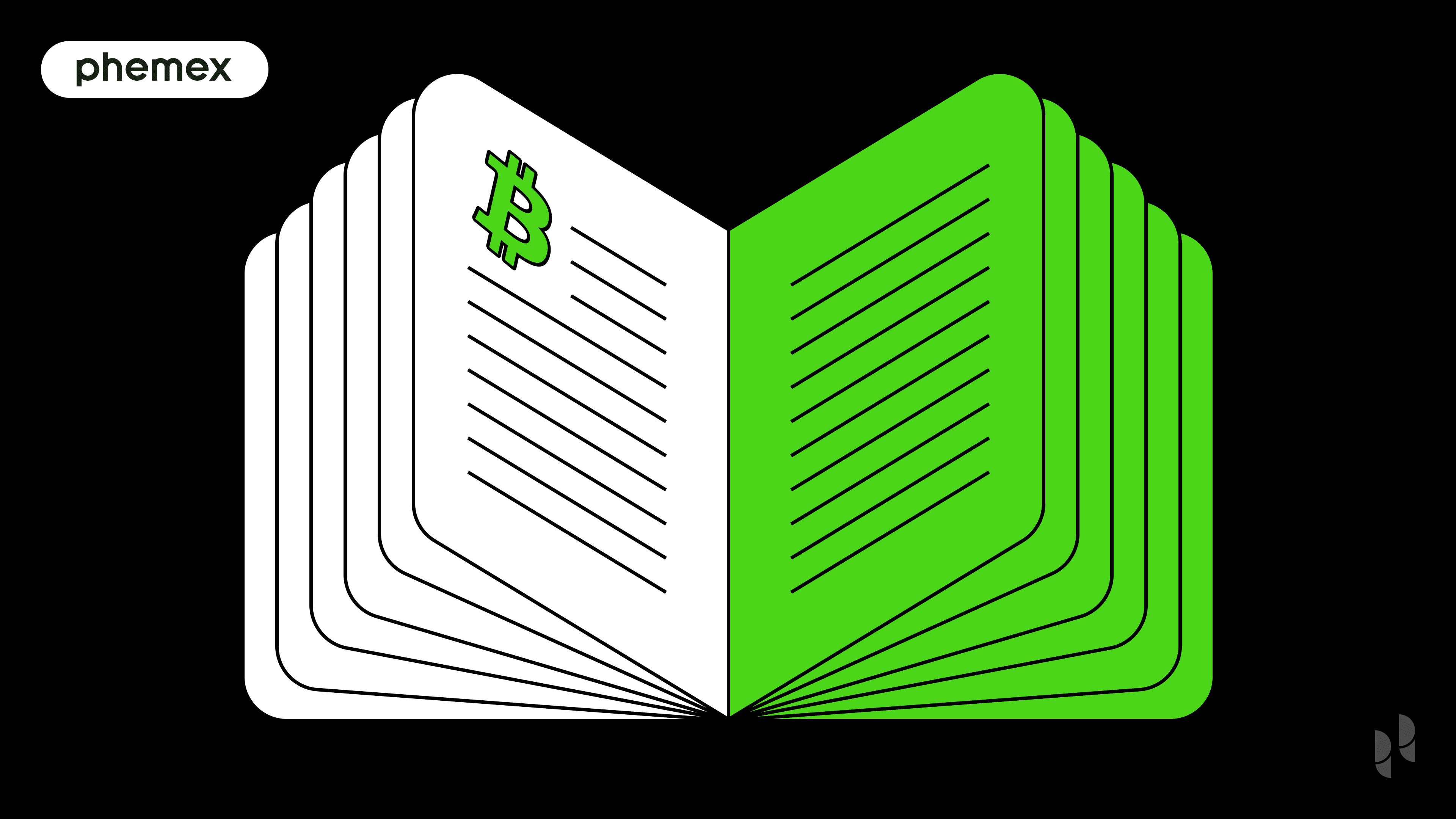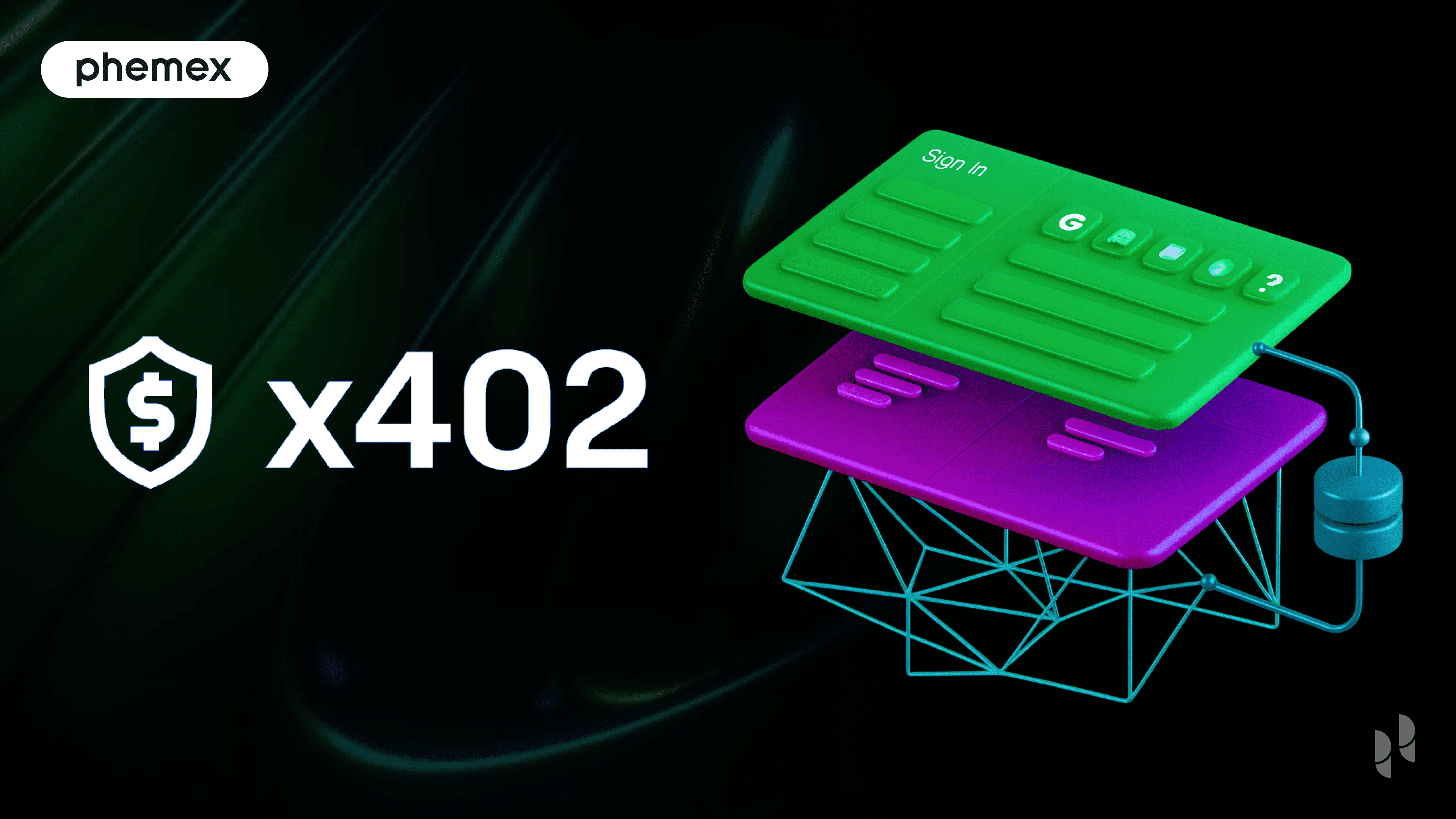Every start-up in the technology field employs a series of processes and techniques during their inception period to help provide better stability, usability, and product awareness to its prospective clients. Ultimately, it is up to the developers which of these protocols and processes to use, but to avoid them entirely can spell doom for a product, particularly during the early stages of its development. Proof-of-concept (PoC), minimum viable product (MVP), and prototype are some of the most common processes chosen by developers, but what actually are they?

What Does PoC Mean in Cryptocurrency?
Sometimes called proof of principle, a proof-of-concept (PoC) is the very initial development stage used by many blockchains, cryptos, and technology-based start-ups. PoCs can be composed of various factors:
- Documentation: A whitepaper, for example, where a company will explain how they intend to execute the proposed project and the criteria needed to achieve that execution.
- In-house evaluations: Showing the inner workings of the project and addressing security issues, for example.
- Plans: Outlining the business’ future intentions and aspirations.
Additionally, a PoC in blockchain technology will also commonly allow investors to verify that an idea has real-world potential. This is achieved through other methods, such as demonstrations of the successful existence of other, similar technologies (or the exact opposite – which could suggest a gap in the market), as well as small exercises to test the design idea itself.

What Comes After Proof-of-Concept?
After PoC, the next piece of unfamiliar terminology that crypto newcomers are likely to encounter is a “prototype.” This step is considered the next stage of a standard tech start-up process. Prototypes are sometimes confused with “pilots,” but these are actually quite different things:
- Prototype: Prototypes are early designs created to test integral aspects of an unfinished project. They often come in the form of working and, crucially, interactive models of the proposed system, which can allow businesses to identify and neutralize back-end problems early in the development process. While prototypes often present reasonably sophisticated models of what a finished project should look (or rather, behave) like, they are not full representations and often lack much of the necessary code.
- Pilot: A pilot refers to the test stage of a fully functional project or product, and it is customarily offered out to a select group of demographically-targeted users. This allows developers to obtain a good understanding of what these users might want from a newly emerging platform. By assessing whether their prospective clients actually make use of certain functionalities, businesses can identify their needs and implement them without first having to release a finished product. Though usually these would be referred to as “beta” projects if they are some form of website, “pilot” is generally the preferred terminology when dealing with cryptocurrency start-ups.
As you would expect, a pilot typically occurs further along the start-up process than a prototype — which, broadly speaking, takes place directly after the PoC phase. This is not always the case, as businesses can attempt to start-up in whatever way suits their adopted strategy, however, it is the most popular route for investor-financed business models.
What Is an MVP and What Does MVP Mean in Crypto?
Another slightly more complex development and testing process of a tech start-up’s development process is known as a minimum viable product (MVP). This stage is not always employed, but when it is, it is commonly sandwiched between the prototype and pilot stages.
MVPs in crypto are development strategies where a business attempts to release its product with just enough features and usable characteristics to entice clients to get involved as early as possible. This allows users to give feedback on the perceived advantages and disadvantages of the proposed system, which can assist future developments (a pilot, for example). When a team develops an MVP they do not waste time or resources on anything except the bare minimum needed for users to be intrigued, as the name MVP suggests.

Some businesses decide to jump straight into the MVP development stage (Source: bacancytechnology.com)
A project brought out in its MVP stage can be subject to dramatic changes or even complete abandonment by the company that releases it, dependent on the feedback received and the costs incurred. While it may look functional, the coding an MVP is built upon is often far from complete — with some MVPs requiring manual interaction from the developers themselves to function at all. In this regard, an MVP is basically just a project with the minimum necessary set of functions required to quickly release it, albeit in an incomplete form.

3 Stages of an MVP
In tech/crypto development, there are usually three stages an MVP will go through during its lifecycle:
- Minimum lovable product (MLP): If an MVP receives overwhelmingly positive feedback, it is classified as an MLP. This means that the product constitutes the smallest offering necessary for customers to not only be able to use the system, but to demonstrably enjoy using it too. In basic terms, the MLP stage represents the minimum functionality a project needs for it to be releasable (at least for early adopters).
- Minimum marketable product (MMP): If an MVP achieves “lovable” status, the next stage it hopes to target is the minimum needed to market the product or system in question — the MMP stage. Through this method, developers can ascertain what the lowest bar to pass is for a product to be worth charging for; after which point they will start advertising it. In basic terms, an MMP represents the minimum functionality and number of features a project needs in order to make it releasable on the market.
- Minimum awesome product (MAP): Thought to eventually phase out the MVP (and MLP/MMP) process entirely one day, MAPs are named as such because they are an MVP with enough useful qualities to make the customer say “Awesome!” This means MAPs come with more characteristics than any of the previous stages mentioned, while still retaining an incomplete status (when compared with something like a pilot). In basic terms, an MAP represents the minimum functionality and features a project needs in order to make it releasable, while also incorporating less critical aspects, such as design, speed, and usability.
PoC vs. Prototype vs. MVP vs. Pilot: Which is Better?
As we saw earlier, a prototype is basically an attempt to test critical aspects of an unfinished system and describe certain functionalities, allowing developers to identify the structural integrity of their ideas. They generally serve as the first digital model of a product, though they are rarely shown to prospective clients or rolled out in any way, instead, being more for the benefit of developers and potential investors. In this section, an attempt is made to compare all four different conceptual stages we have discussed in this article, using prototypes as the base idea for the purposes of comparison. This should allow better understanding of why some businesses choose to forgo one, or even all, of these stages entirely:
Proof-of-concept vs. prototype
If a prototype is an effort to test the most critical aspects of an unfinished system, then a PoC is an attempt to show that these critical aspects are feasible to create in the first place. This is usually achieved through a series of rudimentary demonstrations, presentations, and often large amounts of paperwork; it is not an attempt to make a semi-complete digital model. PoCs are essentially for the investors’ benefit – at least for developmental purposes – and are considered the first stage in a tech start-up’s development process.
MVP vs. prototype
Whilst prototypes generally serve as the second stage of a development process, MVPs usually constitute its third stage and serve as a product’s first market test. Thus, it is usually the first time a model is presented to any prospective clients, thereby allowing developers, investors, and a tiny group of clients to provide feedback. Although MVPs still represent an unfinished product, they provide much more usability than a prototype — especially as they integrate user interaction. It is usually during the MVP process that an idea becomes fully formed and its viability properly determined.
Pilot vs. prototype:
Often the fourth and final stage of a tech start-up’s development, a pilot represents a fully functional product, though still easily changeable should the need arise. Unlike prototypes, pilots are released to the public (usually a small group), which provides value to developers, investors, and a much larger group of clients than even an MVP would. Pilots are usually released when all viability has been determined, and a product is almost ready to be rolled out. Pilots serve the purpose of testing a product one final time in order to make some last moment tweaks and changes.

Graphic showing the general order of a tech start-up’s development. In this model, the pilot stage would occur just before “production,” though this may differ depending on the approach taken. (Source: os-system.com)
How can you utilize PoCs, MVPs, and Pilots?
These development tools and their many components mean that they are useful to both the founders of the company or product, as well as to investors:
- For investors, PoCs describe how a product or business is viable on paper. Although PoCs do not always accurately project the results a prospective business might deliver, it is a good way for business to convince investors a project is actually worth investing in. This allows investors to form reasonable expectations for potential expenses and whether they are justified, and also helps determine what returns can be expected, should the project go ahead.
- For developers and entrepreneurs, PoCs determine the overall usefulness and suitability of their proposed system or product, while MVPs and pilots work to gather feedback and trial the project (to varying degrees) in a real-world setting. In addition, all three of these tools help developers and entrepreneurs answer investors’ questions regarding their business’ most basic functionalities.
Conclusion
Ultimately, each of these development tools has their own qualities. Deciding which approach works best for a business is therefore down to the entrepreneurs and developers releasing a product; with some businesses choosing to try every approach and others none at all. However, it is clear that each of these stages can be used to provide a rapid and economical method for product validation. For centralized businesses, decentralized businesses, or even a cryptocurrency, no matter if one or all stages are used, these tools allow for user interaction, the testing out of foundational ideas, and the providing of valuable feedback for developers and investors alike. By exploring and experimenting with these techniques, developers can troubleshoot their conceptual business ideas and gain a much more complete understanding of their product’s overall marketability.
Read More
- What Is a Blockchain Proof of Concept (PoC): The Big “Yes or No” Decision
- How To Do Crypto Research: The Best Ways to Get Started
- How to DYOR (Do Your Own Research): A Comprehensive Guide
- Crypto Trading vs. Investing: Key Differences Explained
- What is Cryptocurrency & How It Differs From Digital Cash
- What Are Decentralized Applications (dapps)?
- What are Crypto APIs and SDKs: How to Choose the Best
- What Are Crypto Tokens? How Do They Work?









